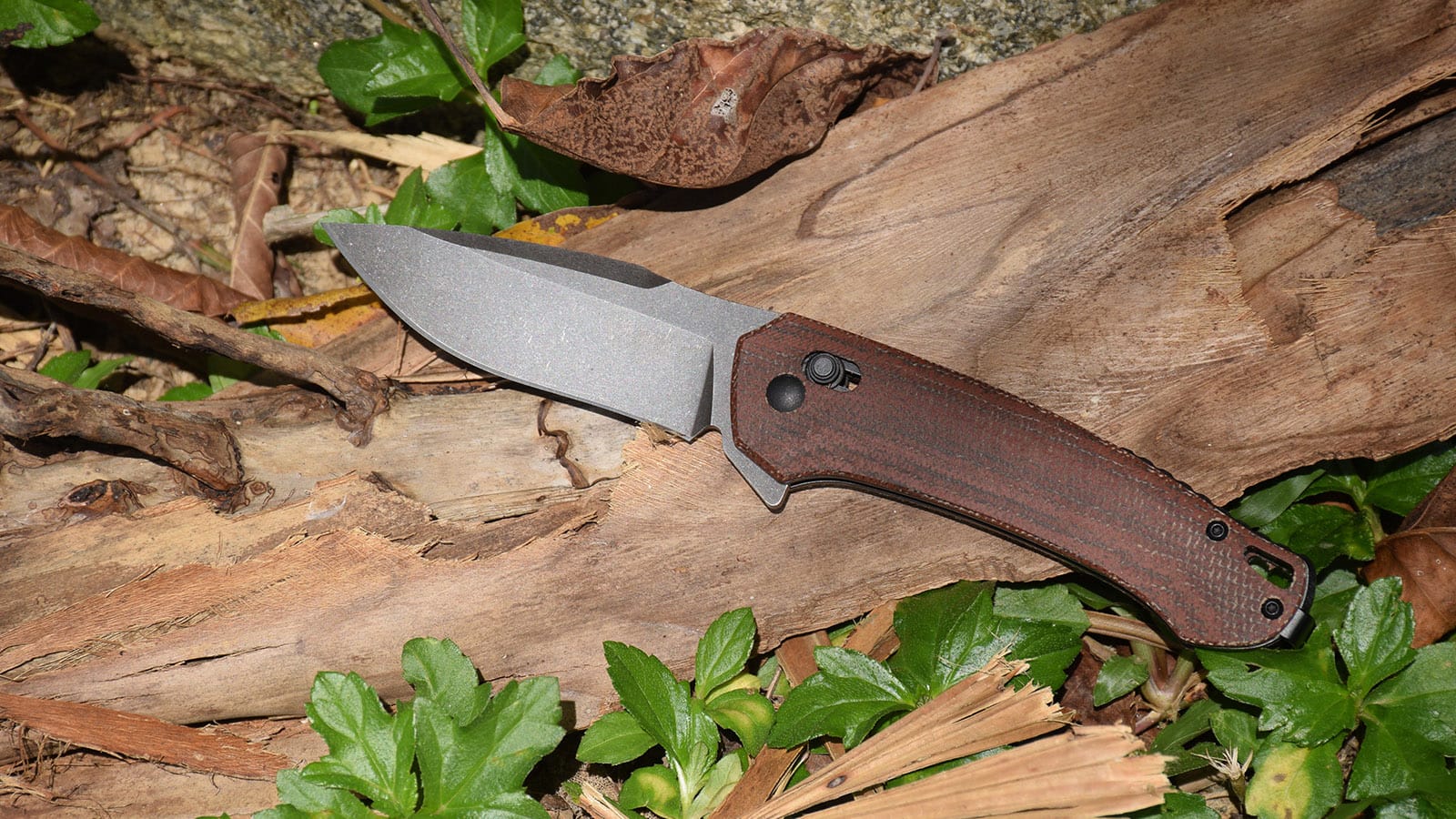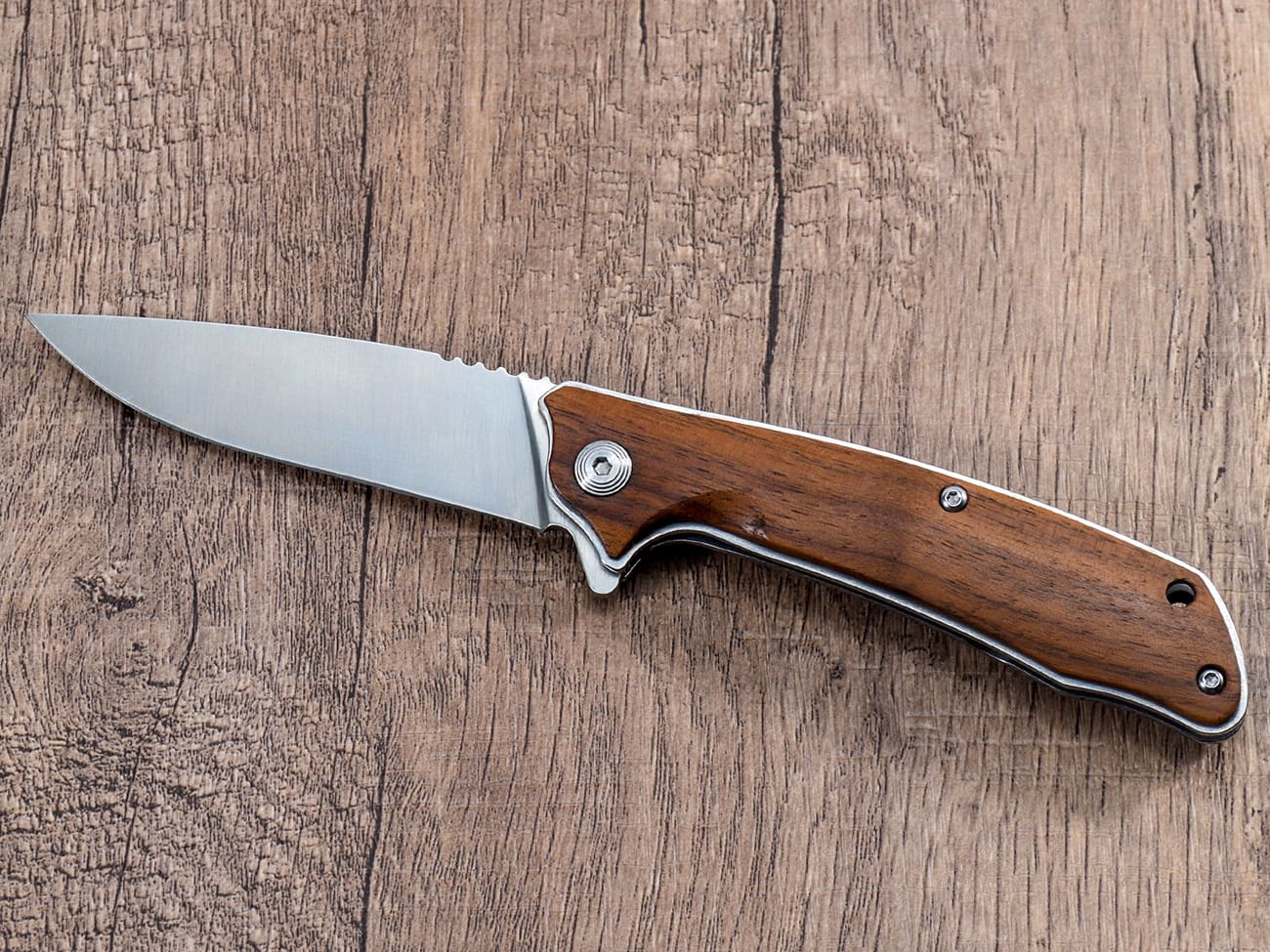Are you holding onto an old pocket knife that’s seen better days? Whether it’s a cherished family heirloom or a flea market find, this comprehensive guide will walk you through the process of cleaning and restoring your vintage pocket knife to its former glory. From removing rust to proper maintenance, we’ll cover everything you need to know to bring that old knife back to life.
Why Are Vintage Pocket Knives Worth Preserving?
Before diving into the cleaning process, it’s important to understand why these vintage pocket knives deserve our attention. Old pocket knives often feature superior craftsmanship and materials that are hard to find in modern productions. Each knife tells a story, and proper restoration helps preserve both its functionality and history.
What Tools and Materials Do You Need?
To properly clean your vintage pocket knife, gather these essential items:
- Steel wool (fine grade)
- Oil (mineral oil or specialized knife oil)
- Soft cloths
- Old toothbrush
- WD-40
- Sandpaper (400-grit)
- Metal polish
- Dish soap solution
- Compressed air

Damascus steel pocket knife restoration example
How Do You Initially Assess the Knife’s Condition?
Before starting the cleanup process, carefully examine your vintage pocket knives. Look for:
- Surface rust
- Deep rust pits
- Loose joints
- Handle material condition
- Blade alignment
- Opening and closing mechanism
What’s the Best Way to Remove Rust?
Rust removal is crucial for blade preservation. Here’s the proper process:
- Start with light cleaning using steel wool
- Apply WD-40 to loosen rust
- Gently scrub with fine steel wool
- Use sandpaper for stubborn rust spots
- Wipe clean with a soft cloth
How Do You Clean the Knife’s Joints?
The knife’s moving parts require special attention:
- Use compressed air to remove pocket lint
- Apply solvent to break down grime
- Work the blade carefully while cleaning
- Oil the joints after cleaning
- Test smooth opening and closing
What About Cleaning Different Handle Materials?
Different handle materials require specific care:
- Bone handle: Light cleaning with damp cloth
- Wood handle: Minimal moisture, oil treatment
- Stag: Gentle brushing, avoid soaking
- Metal surfaces: Polish appropriate to material
How Do You Polish the Blade?
After removing rust and grime:
- Start with fine steel wool
- Progress to metal polish
- Use a soft cloth for final buffing
- Apply light oil coating
- Wipe away excess
When Should You Consider Professional Help?
Some situations warrant expert assistance:
- Severe corrosion
- Broken mechanisms
- Valuable collector’s pieces
- Historic sheffield knife specimens
- Complex handle materials
What’s the Best Way to Maintain After Cleaning?
Regular maintenance prevents future deterioration:
- Keep the knife clean and dry
- Oil regularly
- Store properly in a knife roll or sheath
- Avoid pocket lint accumulation
- Address any tarnish promptly
How Do You Protect the Knife’s Value?
Preserve both function and worth:
- Document restoration process
- Maintain patina if desirable
- Use appropriate cleaning methods
- Avoid damaging original finishes
- Keep original parts when possible
Key Points to Remember:
- Take your time with the restoration process
- Use appropriate tools and materials
- Clean and oil regularly after restoration
- Store properly to prevent future damage
- Maintain the knife’s historical integrity
- Consider professional help for valuable pieces
Learn more about knife materials and handle options to better understand your vintage piece and its care requirements.Remember, restoring a vintage pocket knife isn’t just about cleaning – it’s about preserving history while maintaining functionality for future generations to enjoy.




